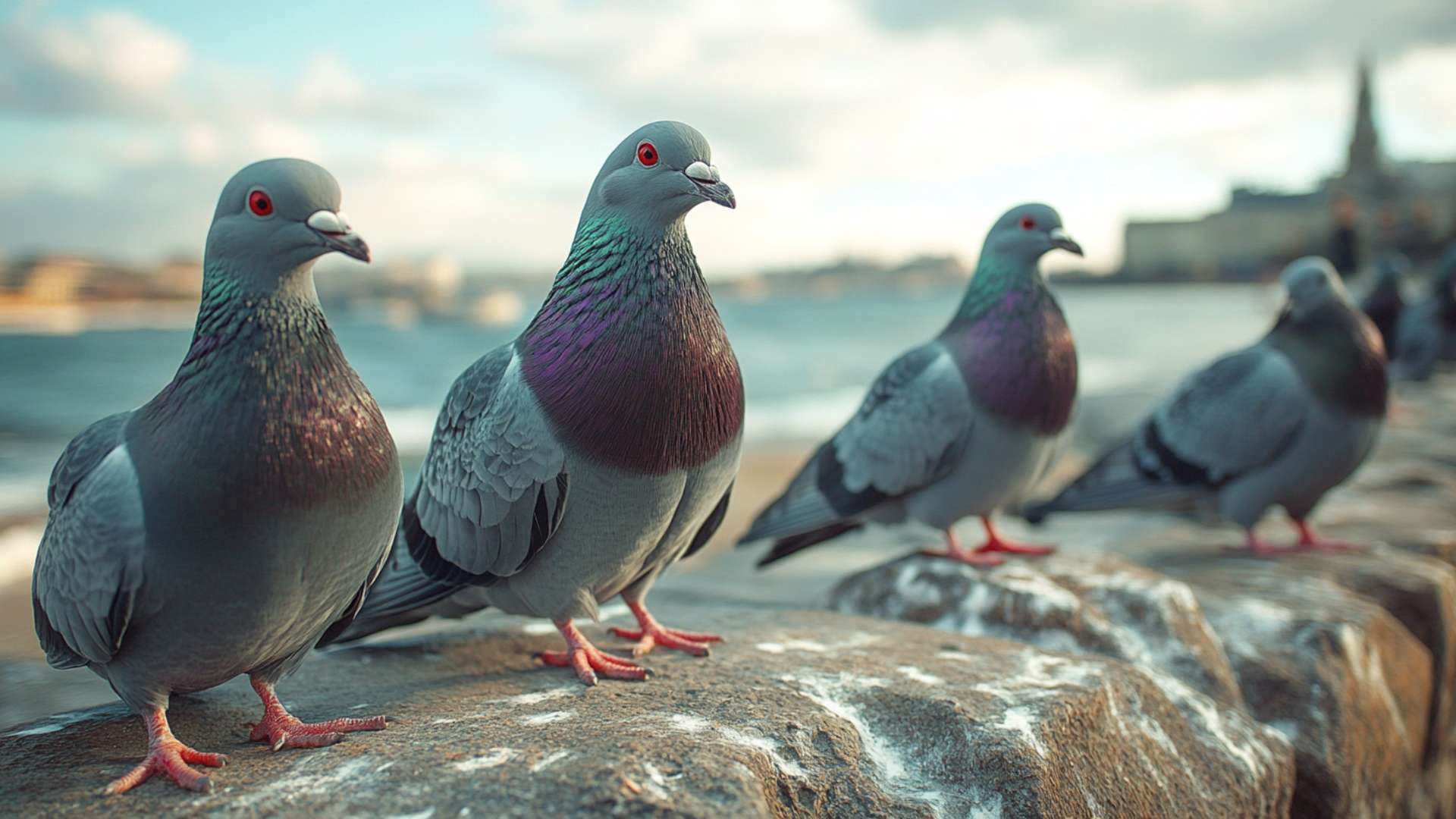Pigeons, those fascinating birds that grace our urban landscapes, have long captured our attention and piqued our curiosity. While commonly seen as ordinary birds, pigeons possess a remarkable attribute – they mate for life. This intriguing concept sets out on how pigeons mate for life and how that sets them apart from many other bird species, making their mating habits worthy of exploration.
Pigeons, the fascinating birds of urban landscapes
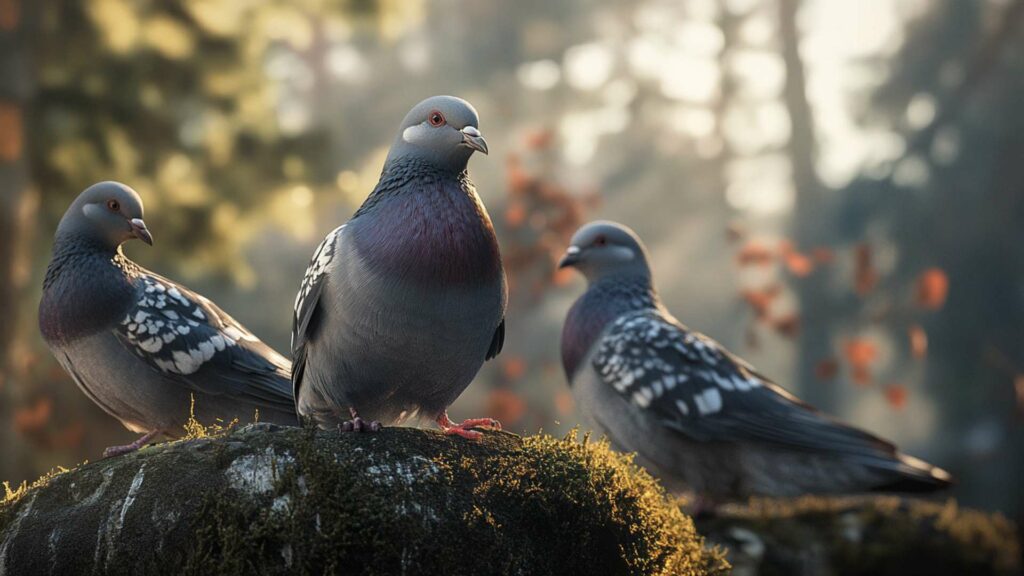
When we think of pigeons, we often imagine bustling city streets and picturesque squares dotted with these feathered creatures. Pigeons have become so enmeshed in our urban environments that they have earned the title “rats of the sky” by some. However, it’s important to recognize their unique qualities beyond their reputation.
These birds, scientifically known as Columba livia domestica, have a long and rich history intertwined with human civilization. Originating from wild rock pigeons and selectively bred over centuries for various purposes such as racing or carrying messages as homing pigeons, they have evolved into adaptable beings that thrive in both rural and urban settings.
The intriguing concept of pigeons mating for life
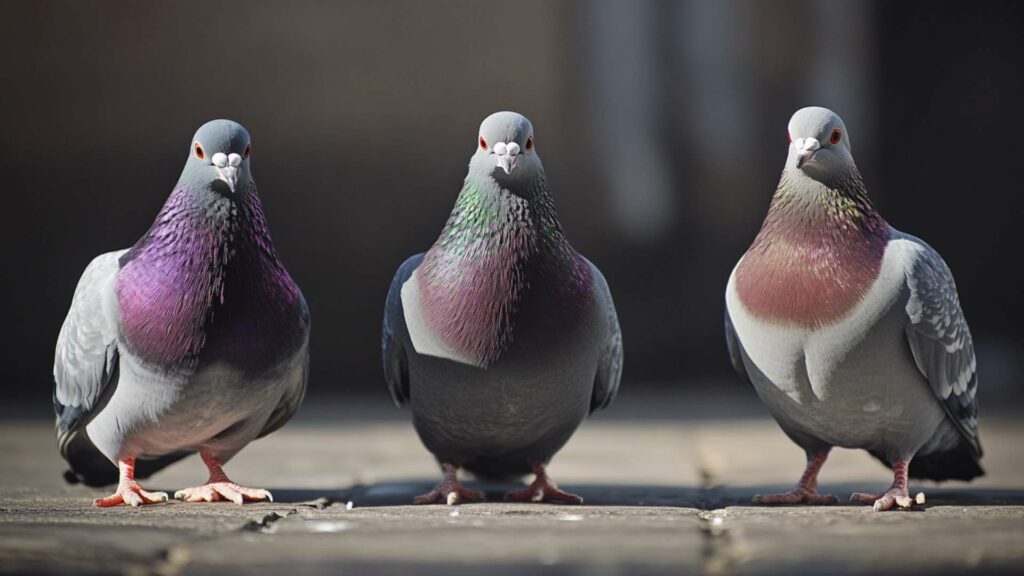
One aspect that sets pigeons apart from many other species is their propensity to form lifelong partnerships with the same partner or multiple partners. Unlike several other birds who may choose new mates each breeding season or after the loss of a partner, pigeons exhibit extraordinary loyalty by staying committed to a single partner throughout their lives. This lifelong bond establishes a strong foundation for mutual support and cooperation between pigeon couples.
They share not only the joys but also the responsibilities of raising offspring together in close collaboration. The devotion between mates is truly remarkable and adds to the allure surrounding pigeon mating habits.
The understanding of how these incredible creatures cultivate such lifelong partnerships provides insight into avian behavior and speaks volumes about loyalty within nature’s realm. As we delve further into the intricacies of pigeon courtship rituals and reproductive processes, we will uncover the secrets behind their extraordinary commitment to their partners and their young.
The Art of Courtship Displays
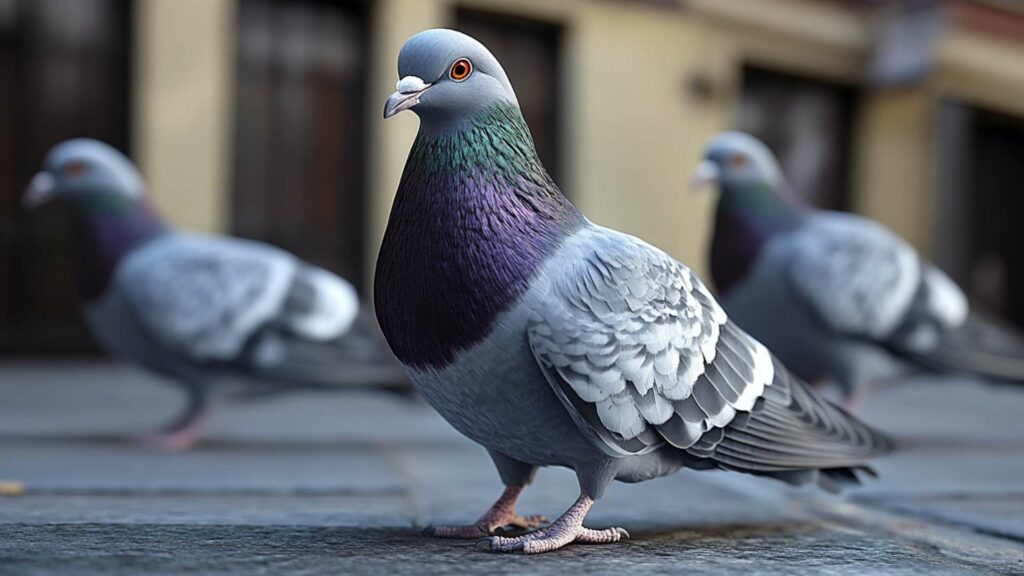
When it comes to courtship, male pigeons are true performers. They engage in a mesmerizing dance routine to impress the female birds.
Picture this: the male pigeon struts around with its chest puffed out, meticulously bobbing its head up and down while elegantly fanning its tail feathers. This elaborate display not only showcases their physical prowess but also their vibrant plumage that may vary based on the breed.
But that’s not all! Along with their graceful moves, male pigeons produce enchanting cooing sounds to serenade potential mates.
These soft and melodic vocalizations serve as a means of communication between the individuals. The coos can vary from low-pitched murmurs to crescendos of high-pitched trills, echoing through urban landscapes or woodlands where the pigeons live and dwell.
Female Pigeons’ Role in Evaluating Potential Mates
While male pigeons put on quite a show during courtship, the females play an equally crucial role in selecting their partners for a lifelong commitment. As attentive observers, females closely evaluate potential mates based on various factors like plumage quality, body size, and overall health. They seek strong and healthy males that will provide good genetic material for their offspring.
In addition to physical attributes, female pigeons also assess behavioral traits such as mate compatibility and parenting skills. A suitable partner must be capable of establishing a stable territory where they can build a safe nest and raise their young together.
This careful evaluation ensures that both partners are well-suited for each other and the same partner’s needs before embarking on a lifelong journey together. How do these courtship rituals evolve into life-long partnerships?
Let’s explore this further in the next section! (Note: The use of “pigeon milk” refers to a secretion produced by the crop of both the male pigeon and female pigeons to feed their young. This term is used metaphorically and does not imply that pigeons produce actual milk like mammals.)
Pair Bond Formation
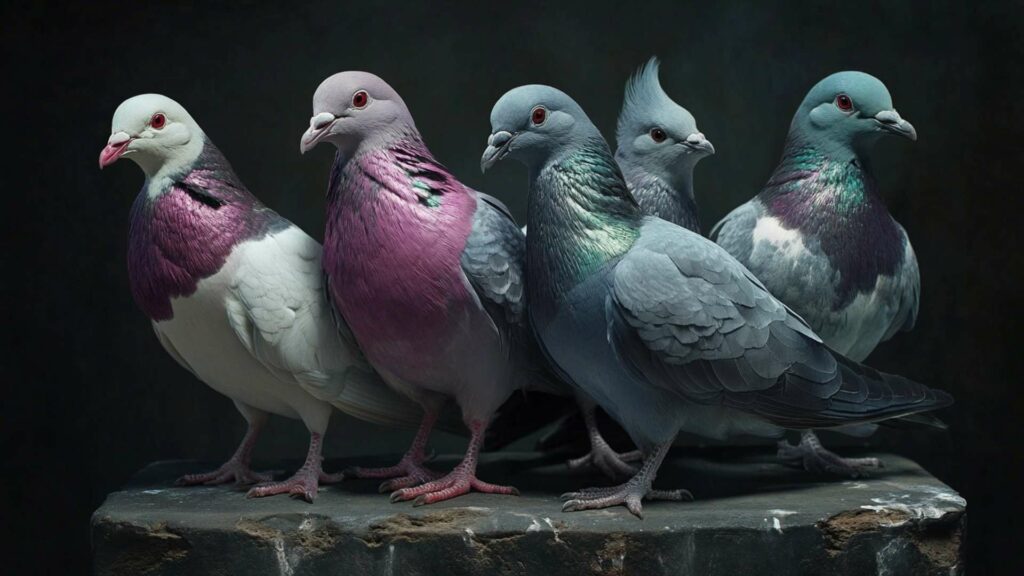
When it comes to pigeons, the process of pair bond formation is truly remarkable. These birds, known for their presence in urban areas and being descendants of rock doves, are not only remarkable flyers but also quite the romantics.
Their ability to form strong and lasting bonds with their partners is a sight to behold. Pigeons have certain criteria they consider when selecting a mate for life partner.
One significant factor is physical appearance; males often display their vibrant feathers and strut around confidently, trying to catch the eye of a potential mate. They fluff up their feathers and puff out their chests, appearing larger than life as they coo melodiously.
Females observe these displays carefully, evaluating the male’s health and vigor. Behavior also plays a crucial role in mate choice for pigeons.
Females seek males who demonstrate strong social skills by interacting positively with other members of the flock. A polite demeanor combined with confident body language can greatly attract female pigeons looking for a compatible partner.
For Better or Worse: Compatibility and Long-Term Commitment
Once physical appearance and behavior are assessed, pigeons embark on an intricate compatibility test to ensure that they are well-suited for each other’s company. They spend time together, observing each other’s habits and mannerisms.
If there is harmony between pigeons mate for life between them during this period of courtship, they solidify their pair bond. What makes pigeons truly exceptional is their commitment to monogamy throughout their entire lives.
Once paired up with new partners, these lovebirds remain devoted companions until death do them part—quite literally! In cases where one partner dies unexpectedly, the surviving pigeon often mourns deeply before eventually seeking out another companion.
This unwavering commitment stems from shared responsibilities in raising offspring; both parents contribute equally in caring for their young. By maintaining monogamous pair bonds, pigeons ensure the stability and success of their next generation.
Love Knows No Boundaries: How Pigeons Find Their Perfect Match
In the vast world of animals, pigeons stand out as remarkably discerning creatures when it comes to selecting a lifelong partner. They possess an innate sense that guides them in choosing mates with whom they can form a strong and enduring bond.
Pigeons are known to recognize potential partners based on subtle physical cues such as the shape and color of feathers or the symmetry of their bodies. These details can convey important information about an individual’s health and genetic fitness.
Additionally, behaviors like grooming, preening, and sharing food also serve as indicators of compatibility. Once pigeons find a new partner, who meets their criteria for physical appearance and behavior, they embark on a journey together—a journey built on trust, respect, and long-term commitment.
Their mutual dedication ensures that the pair bond remains intact throughout breeding seasons, nest-building endeavors, and raising successive generations of baby pigeons. Pair bond formation in pigeons serves as a reminder that love is not limited to humans alone; these remarkable birds embody loyalty and devotion in its purest form.
Nest Building and Territory Establishment
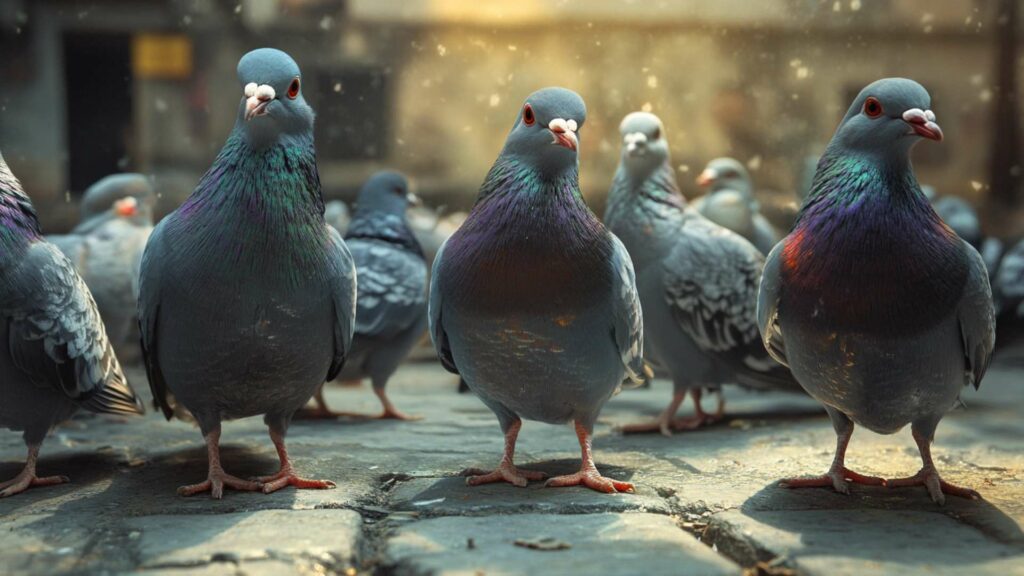
When it comes to building their nests, pigeons are true partners in crime. Both the male and female pigeons work together to construct a cozy abode for their future offspring. They exhibit remarkable teamwork, gathering materials like twigs, leaves, and feathers to build a sturdy nest.
Often, you can spot them scouting for suitable nesting materials in parks or city streets. They meticulously select each item and bring it back to the nest site using their beaks or feet.
Creating a safe haven for their future offspring
The primary purpose of bird nest building is to create a safe haven for the baby pigeons (also known as squabs) that will hatch from the eggs laid by the female pigeon. The parents carefully arrange the gathered twigs into a circular shape, forming the first pigeon nests, in a shallow depression called a scrape. They add soft materials like leaves, moss, and feathers to provide comfort and insulation for the eggs during incubation.
Defending their territory from intruders
Pigeons are fiercely protective of their nests and territory when it comes to potential threats or intruders. They employ various defensive strategies to safeguard not only their nesting site but also their partner birds, mates, and future offspring.
Pigeons communicate through vocal warnings by cooing loudly when they sense danger nearby. Additionally, they display aggressive behaviors towards other pigeons who attempt to invade their space.
Aggression can involve head bobbing movements accompanied by puffing up their feathers and flapping wings aggressively in an attempt to intimidate trespassers. These territorial displays serve as clear signals that any encroachment will not be tolerated.
Pigeons display admirable teamwork when it comes to nest building and territory establishment. Through collaborative efforts, they gather materials like twigs, leaves, and feathers while creating a safe haven for their future offspring.
They are also vigilant in defending their territory, issuing vocal warnings, and displaying aggressive behaviors when other pigeons or potential threats approach. Such dedication to their partnership and family exemplifies why pigeons and birds mate for life, fostering a strong bond that extends beyond the breeding season.
Mating Rituals to Strengthen the Bond
When it comes to how pigeons mate, the reproduction process involves intricate rituals that strengthen the bond between each pigeon’s sex and mates. These rituals play a vital role in establishing and maintaining a lifelong partnership. During courtship, male pigeons display an impressive array of behaviors designed to impress females and prove their worth as potential partners.
Male’s Courtship Display Intensifies During Breeding Season
As the breeding season approaches, male pigeons step up their courtship game. Their displays become more elaborate and energetic, aiming to capture the attention of females in close proximity.
You may spot these males strutting around with puffed chests, bobbing their heads up and down while cooing melodically. The male pigeon’s dance is a sight to behold.
With wings outstretched and feathers fluffed up, he will make impressive circular flights around the female bird as if showcasing his agility and strength. These aerial acrobatics are often accompanied by fluttering sounds produced by rapidly beating wings.
Female’s Acceptance Signals Readiness to Mate
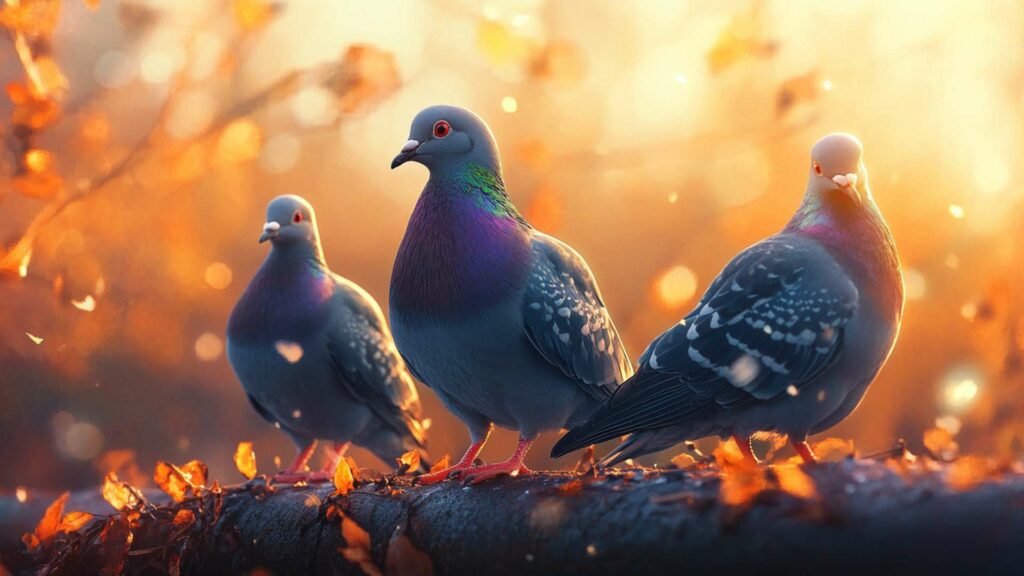
While the males put on quite a show during courtship, it is ultimately up to the females to signal their acceptance and readiness to find a new mate around. If a female pigeon is receptive to advances from a particular male pigeon, she will respond positively by adopting various submissive behaviors.
The female may crouch down low with her tail slightly raised or bow her head towards the male in a gesture of submission. She might also make soft cooing sounds as an affirmative response.
These cues indicate that she acknowledges his courtship efforts and is willing to engage in further reproductive activities. This mutual understanding between males and females ensures that only compatible partners proceed with mating, leading to stronger pair bonds among pigeons who mate for life.
Egg-laying and Incubation Periods
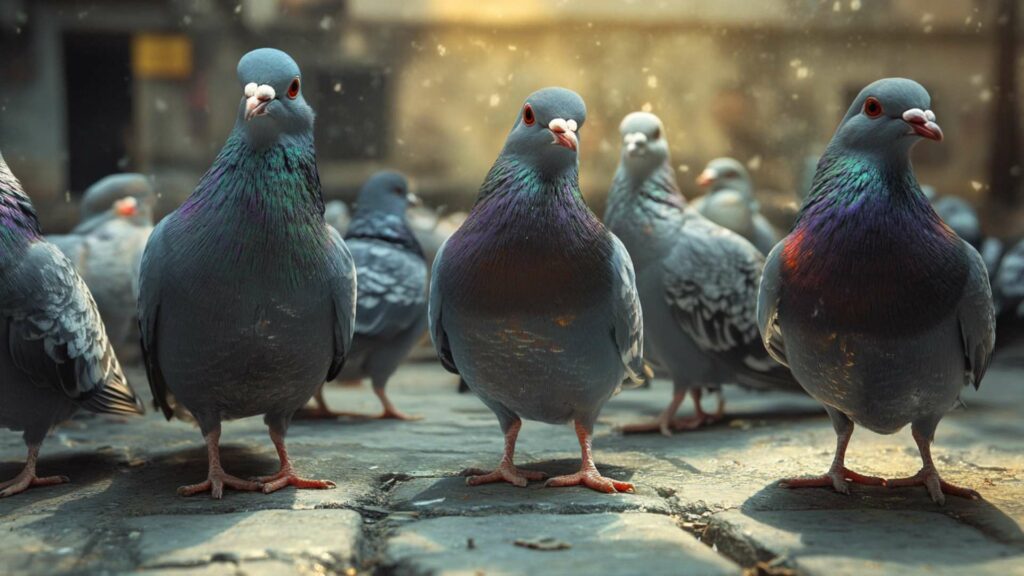
When it comes to reproduction in the pigeon world, the female pigeon takes charge when it’s time to lay eggs. Typically, a female pigeon lays one or more eggs, or two eggs at a time.
These eggs hatch and are usually white with a smooth surface. The process of egg-laying usually happens within a few days after successful mating during the breeding season.
Sharing incubation duties between both parents
Once the female pigeon has laid her precious eggs, both parents take on the responsibility of incubating them. This cooperative effort in most birds is a testament to their strong pair bond and commitment as mates for life. The male and female pigeons take turns sitting on the eggs to keep them warm and ensure their proper development.
During the incubation period of lay eggs, which typically lasts around 17-19 days, both parents diligently take turns sitting on the eggs. They do this by swapping shifts every few hours, ensuring that each egg receives equal warmth and care.
This constant exchange allows for optimal conditions necessary for healthy development inside those fragile shells.
During this crucial time when their offspring are still developing inside their shells, both male and female pigeons display exceptional parental instincts. They maintain constant vigilance over the nest, protecting it from potential threats such as predators or other birds that may try to invade their territory.
The parents’ dedication is truly remarkable as they closely monitor temperature levels inside the nest throughout the entire incubation period. They adjust their positions accordingly to shield the eggs from extreme heat or cold—exemplifying nature’s ingenuity when it comes to ensuring successful reproduction.
Once mating season arrives in the wild world of pigeons, these fascinating birds form lifelong monogamous pair bonds, choosing a female pigeon to milk another bird to mate carefully. The female pigeon lays one or two eggs, and both parents share the responsibility of incubating them.
Taking turns to keep the eggs warm, they exhibit excellent parental care throughout the incubation period. These behaviors highlight the remarkable commitment and cooperation between pigeon couples as they raise their young together in a truly admirable manner.
Raising Offspring Together
Once the eggs have hatched, the devoted pigeon parents immediately spring into action to ensure the survival and well-being of their precious chicks. Both male and female pigeons equally share the responsibilities of feeding and protecting their offspring.
This harmonious partnership between them is truly remarkable. To provide nourishment for their little ones, adult pigeons engage in a unique behavior known as regurgitating crop milk.
Unlike mammals and humans, pigeons do not produce milk from mammary glands. Instead, they create a nutritious substance in their crop that resembles a thick milky consistency.
The parents gently regurgitate this “crop milk” to feed their hungry chicks. It contains both food and vital nutrients needed for proper growth and development.
Just as human parents tirelessly watch over their children, adult pigeons show unwavering dedication to protecting their offspring from potential threats. They remain extremely vigilant against predators and other animals that may pose a danger to their vulnerable chicks.
Whenever any perceived danger approaches the nest, both parents quickly react by emitting warning calls and exhibiting defensive behaviors like flapping wings aggressively or puffing up feathers to appear larger and more intimidating. Their collective effort aims to deter predators such as birds of prey or curious cats from harming their precious brood.
Nurturing the Young Until They Are Independent
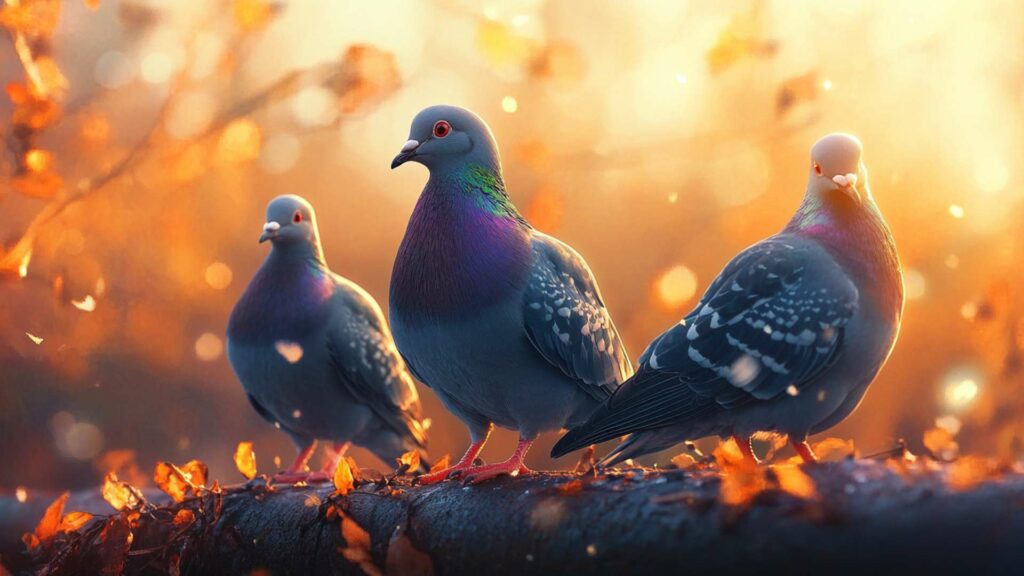
The nurturing instincts of adult pigeons are evident throughout the entire process of raising young pigeons until they become independent flyers. Both parents engage in grooming rituals where they meticulously clean every feather on their chicks’ bodies using gentle pecks and nuzzles.
This grooming not only fosters hygiene but also strengthens the bond between parent and chick. As the offspring grow older, adult pigeons gradually introduce them to solid food by bringing small insects or seeds for them to peck at.
This encourages the young pigeons to learn and develop essential foraging skills. Over time, the parents step back, allowing their chicks to become self-sufficient and embark on their own journeys in the world.
Conclusion
The remarkable dedication and shared responsibilities exhibited by pigeons in raising their offspring is truly awe-inspiring. Their collaborative efforts in feeding, protecting, and nurturing their chicks exemplify the strength of their pair bond and underline why these birds are considered monogamous creatures.
Pigeon parents tirelessly work together to ensure the survival and success of their young, leaving us with a heartwarming reminder of the power of unity in nature. As we observe these beautiful avian families flourishing amidst our human landscapes, we are reminded that love, care, and commitment know no boundaries—including those between species.
Keep Pigeons at Bay with D-Termination: Las Vegas’ Top Pest Control Choice!
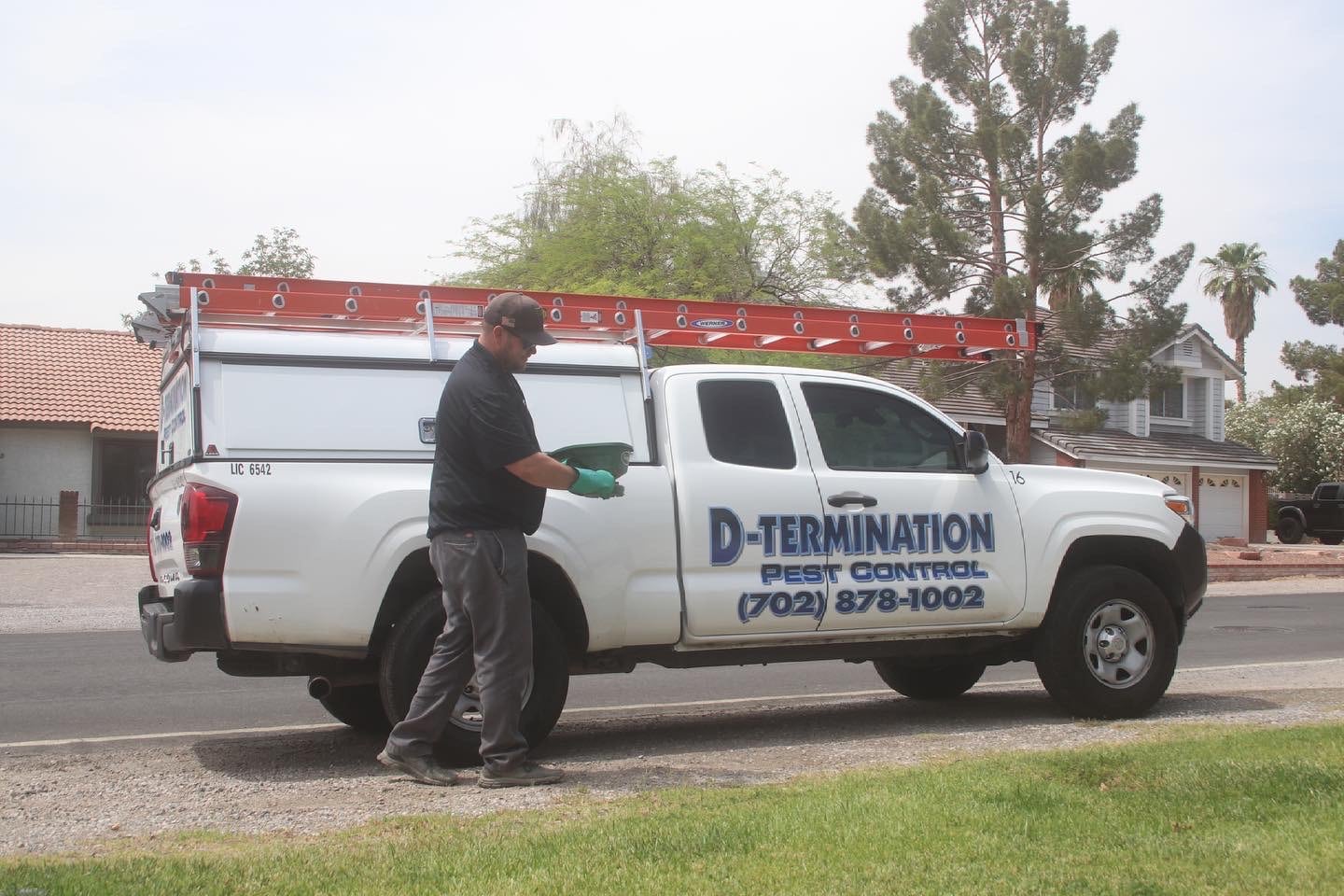
Are pigeon troubles causing you concern? Turn to D-Termination for assistance. Our seasoned team excels in deterring pigeons and restoring cleanliness and order to your space. Bid farewell to pigeons by selecting D-Termination for highly effective pest control today!
Contact us at 702-919-6310 or visit dtermination.com to arrange your pigeon control service and reclaim your space from these unwelcome pests.
Frequently Asked Questions:
Yes, pigeons are often loyal to their mates and form monogamous pairs.
While uncommon, same-sex pigeon pairs can engage in mating behavior, but it doesn’t lead to reproduction.
Yes, pigeons are generally considered monogamous birds.
The mating ritual of pigeons includes cooing, bowing, and billing gestures as part of their courtship.

